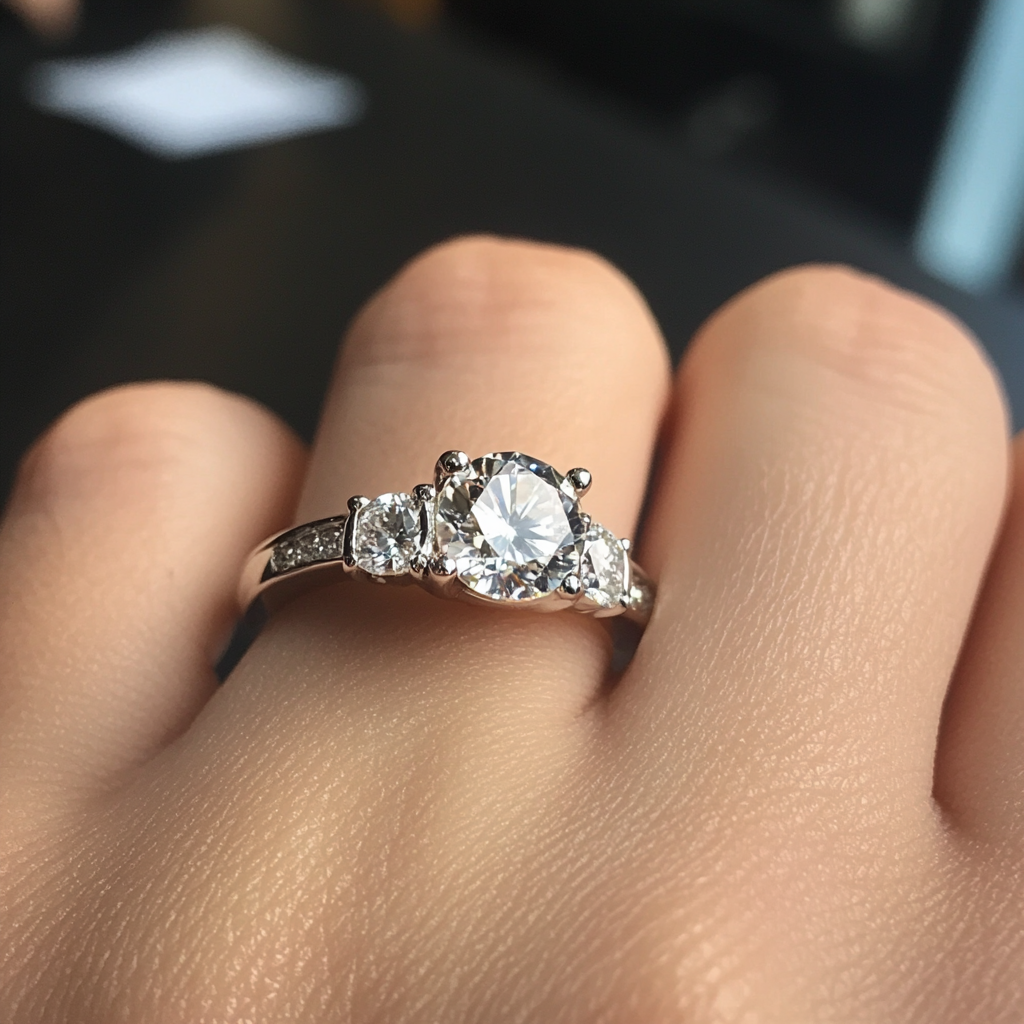- Joined
- Oct 8, 2010
- Messages
- 268
As far as the lab reports, it seems that the AGS Ideal report will be an additional report above and beyond the GIA 4Cs grading. So it seems like the AGS information will live on but as a type of amendment to a GIA lab report. So there's a little bit of a bright side to this news.
"GIA Platinum Light Performance Quality Diamond Document" is all I want to see out of this merger. If they do away with three dimensional light performance analysis, then GIA will be almost dead to me.
I don't think this is the intention at all. That's why they have announced that starting in January GIA reports can be ordered with the AGS cut grade add-on. And they are keeping it affordable - $25.
This should be a big win for consumers.
Will AGS's Light Performance analysis under GIA ownership, still really be up to the same standards it has been pre-GIA ownership? That is what concerns me. I'm not at all convinced this is going to be a win for consumers. I guess its wait and see.
Thank you for the clarification and easing my mind, Bryan!
From the FAQ just released:
Is GIA providing the AGS Cut Grade?
No, the AGS Ideal® Report is a supplemental Light Performance digital report for qualifying diamonds, utilizing the GIA Cut Grade along with the AGS Light Performance grade. You can add a supplemental Light Performance digital report to GIA’s 4Cs grading reports for colorless, natural, or laboratory-grown diamonds.
And for a purely personal consumer gripe, I wouldn't be at all surprised if in a few years time I'll have to get my AGS diamonds recerted with GIA in order to prove what they are for insurance, etc. Who's going to accept a (non-GIA) AGS report anymore? What a hassle.
And for a purely personal consumer gripe, I wouldn't be at all surprised if in a few years time I'll have to get my AGS diamonds recerted with GIA in order to prove what they are for insurance, etc. Who's going to accept a (non-GIA) AGS report anymore?
Did they give the parameters for what determines which diamonds “qualifying” ?
I wonder what it will be if not all GIA ex/ex/ex qualify?
or if the current parameters of what determines ex/ex/ex will be revised.
While physics don't change, metrics and software are designed by people -- when people's interests or desires change, so can both their metrics and data analysis.
I think a loss of AGS grading is *potentially* not a good thing for consumers because simply, it is a loss of an independent, evaluative voice.
I'm not saying anything negative about GIA whatsoever. But all entities act in self interest -- you, me, GIA, the University my husband works for, the NRA. This is not a bad thing, the instinct keeps us alive.
The problem I see here is that GIA may have an interest in not having some of the wide range of the XXX graded diamonds look "not so great" on paper if those diamonds come back with a "meh" score on a light performance test. I would think it would be embarrassing for them if half or more of their XXX's put to the test seem like duds.
I'm not questioning GIA's integrity, I AM saying there will be pressure for standards to change if those standards don't align with their interests. That's basic human/corporate nature.
There will not be dual grading of color and clarity. The GIA system and report will be the same. An optional AGS Ideal report (light performance cut grade only) will be available, presumably only if the diamond makes it through the AGS ray tracer as Ideal.What if
GIA grades one diamond G, but AGS grades it H? or vice versa?
Will that diamond get both reports, with conflicting grades.
The educated know nature does not produce distinctly-separate grades, rather a continuous graduation from D-Z.
Same question with clarity, will both labs have the same clarity grading criteria?
Might color and clarity specs be aligned to the exact same standards?
